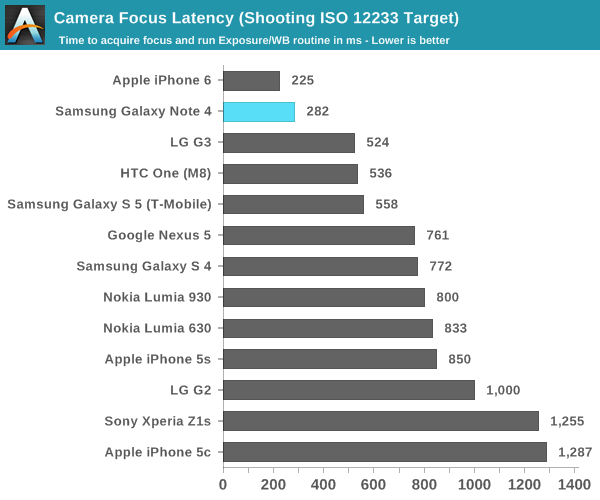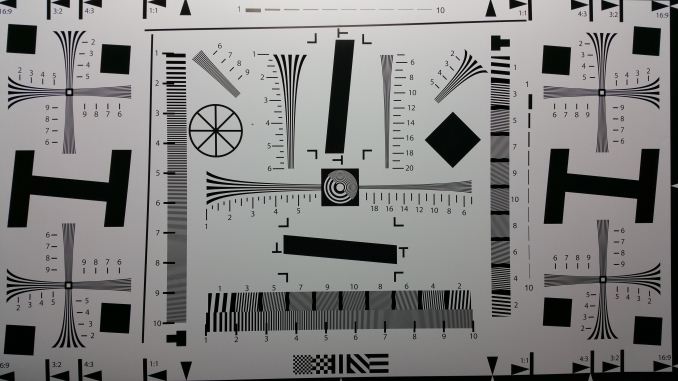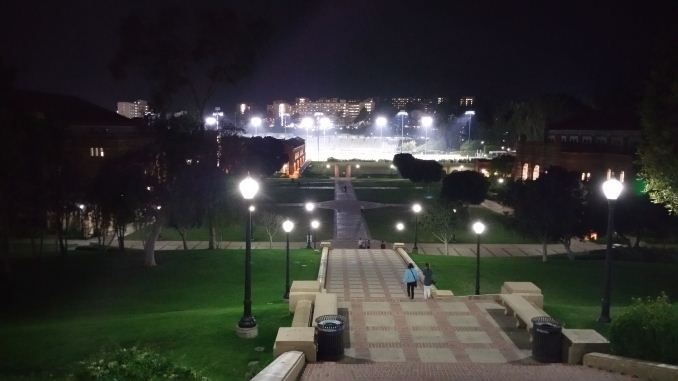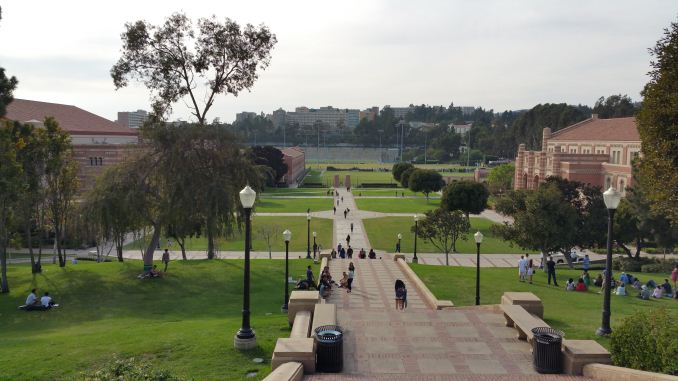The Samsung Galaxy Note 4 Review
by Joshua Ho on October 15, 2014 9:00 AM EST- Posted in
- Smartphones
- Samsung
- Android
- Mobile
- Galaxy Note 4
Camera
While the 16MP camera of the Galaxy Note 4 is mostly what we would expect, Samsung has really changed things up with the addition of OIS. Outside of this addition and the Sony IMX240 sensor, there’s really not a lot of change when it comes to the Galaxy Note 4. This means that we see the same 31mm equivalent focal length and F/2.27 aperture. At this point, it seems that OIS has finally reached mainstream adoption as both Samsung and Apple are shipping OIS solutions on their phones. The front facing camera is noticeably different though, with a Samsung S5K6D1YX sensor that I haven't seen elsewhere.
However, before we get into the proper image quality analysis I wanted to first cover shot to shot latency and focus/AE latency, as both are critical to a good image capture experience. Even if it’s possible to get amazing photos from a camera, it doesn’t really matter if the moment is missed. In order to test this, we look at the ideal case, which is when the phone is pointed at the ISO chart with bright lighting to maximize contrast.


As one can see in the graphs above, capture latency and focus latency are quite competitive with on the Note 4. However, there is one crucial detail that the focus latency graph misses, which is that Samsung doesn’t have continuous auto-focus in preview with the Note 4. As a result, there’s realistically an additional latency period before the auto-focus begins to run. The result is that the total time from out of focus to in focus is realistically closer to 800ms, but if one immediately taps the display to begin an AF run it’s possible to achieve the lower bound value, which is just south of 300ms.
Still Image Performance
While I'm still working on moving towards a better test for cameras, for now we have our standard photo comparisons that should give a good idea of what to expect from a smartphone camera in comparison to other cameras. Our first test is the standard ISO chart, which allows for a good test of maximum resolution.

For this first test, it seems that Samsung hasn't really changed much when it comes to maximum resolution, and in general the Note 4 produces similar output to the Galaxy S5. To verify this and a test of dynamic range, we'll look at a landscape shot next.
In this test, we see that the Galaxy Note 4 generally does well with detail and dynamic range as the landscape is generally well-detailed, although there's quite a bit of detail that seems to be smudged away on the grass as it seems to be a flat green texture for the most part. There's also noticeable color artifacting on the bleachers in the distance. We'll look at the same scene in low light to get a better idea for what the Note 4 really brings to the table.
Here, in low light we see significant improvements in image quality when comparing the Galaxy S5 to the Galaxy Note 4. The iPhone 6 Plus and Note 4 are quite close in overal quality, but looking at the brick building on the right of the image shows that the iPhone 6 Plus is maintaining a higher level of detail in this scene.
In the case of HDR, Samsung continues to do a great job with their implementation. For the most part this feature is successfully implemented with no real halos or other artifacts even when there are moving objects in the shot. This is likely to be implemented through on-sensor HDR rather than image combination.





































195 Comments
View All Comments
dunemessiah - Thursday, October 16, 2014 - link
No GPU comparisons to Tegra K1?snake2332 - Thursday, October 23, 2014 - link
Probably because the K1 is considered a tablet-only technology for now, at least until it shows up in a phone/phablet.the snob - Thursday, October 16, 2014 - link
Could Amadtech include a more detailed analysis of the display technology of future phone reviews?I felt that in this regard, reviews from Displaymate trumps Anandtech. But while Displaymate reviews are more specialised and offer much more infomation, their reviews tend to be for popular phones which can generate hits and publicities for themselves. It might be Anadtech's interest to up their depth in this regard.
But other than that, I must say I am enjoying Post-Anand Anandtech as much as before. Good job Joshua, I hope Anadtech will go a long ways in their review contributions.
the snob - Thursday, October 16, 2014 - link
I kept spelling "Anandtech" wrongly, my most sincere apologies! : )edwardjames2014 - Thursday, October 16, 2014 - link
Actually, a lot of people were wrong about big phones. When Samsung first came out with the Note in 2011,I wasn’t the only one who laughed at the idea of a 5.3-inch smartphone. But I was wrong.This is trendency! The Note 4 is the most comfortable large-screened phone, Case for Samsung Galaxy Note 4 htt p://www.ca secoco.com/?031fackamato - Thursday, October 16, 2014 - link
Can we please get the OnePlus One in the charts as well?tralalalalalala40 - Saturday, October 18, 2014 - link
vapor phones? who cares about a phone with 10k users worldwide?Phantasmal - Thursday, October 16, 2014 - link
Is there the latency shot charts/graphs in the article because I don't seem to see them. Thanks.SydneyBlue120d - Thursday, October 16, 2014 - link
I'd like to know more about audio quality and about the MDM9x35 real world performance. Thanks.heartinpiece - Thursday, October 16, 2014 - link
Will you be reviewing the Exynos version as well?If i'm not mistaken, it sports a A53+A57 (but running 32bit Android)